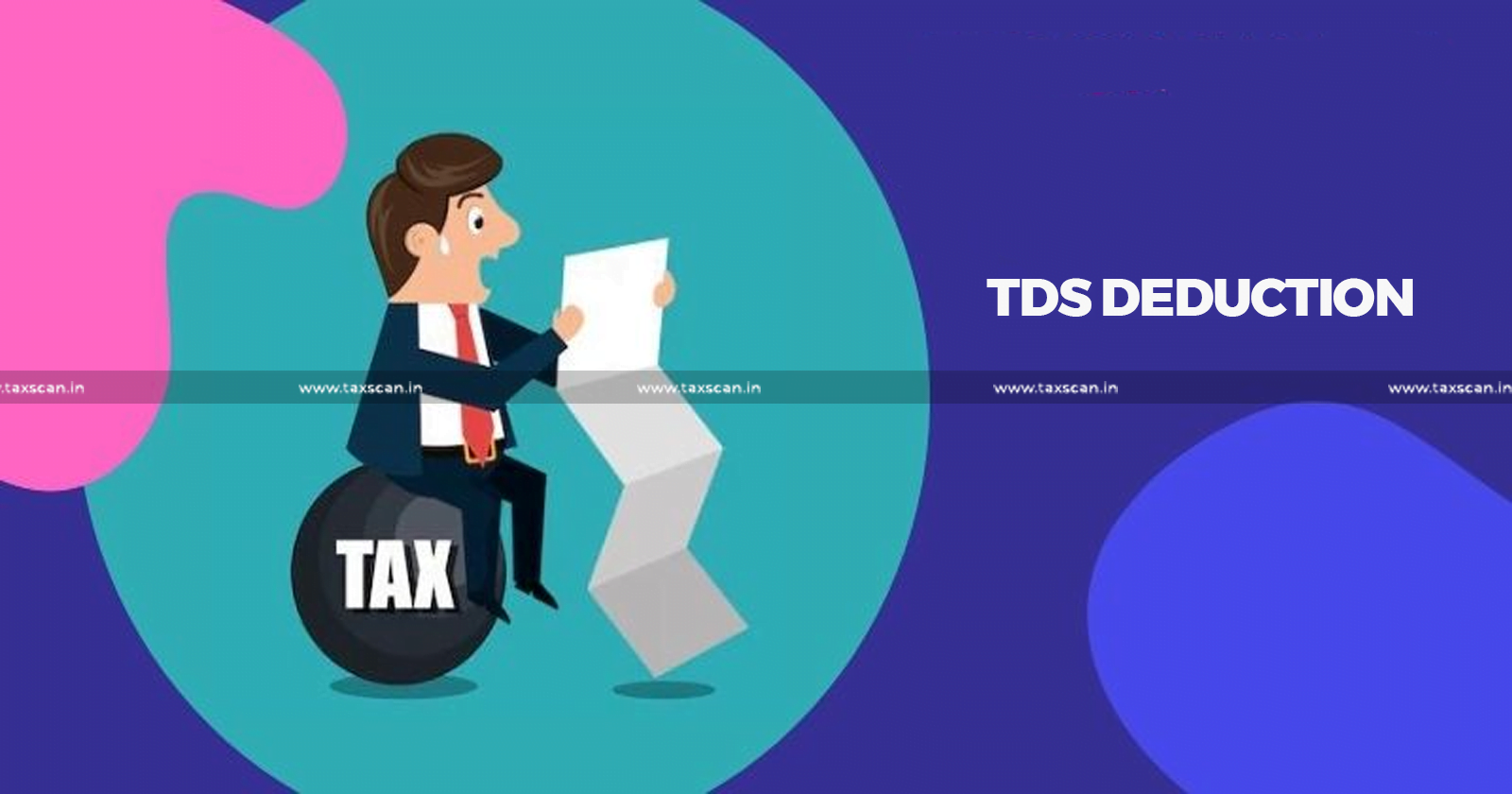Section 194DA TDS Deduction and Reporting in ITR-2: All You Need to Know
Understanding these nuances helps insurers, agents and policy-holders avoid penalties and plan cash-flows more accurately.

Section 194DA TDS Deduction – Reporting – ITR-2 – TAXSCAN
Section 194DA TDS Deduction – Reporting – ITR-2 – TAXSCAN
Quick take — what changed and why it matters
Two separate provisions of the Income-tax Act deal with tax deducted at source (TDS) on insurance-related payments. Section 194D applies to commissions paid to insurance agents, while Section 194DA covers most payouts made under life-insurance policies that are not exempt under Section 10(10D).
Both sections aim to collect income tax at the time money is handed over, but they differ in scope, threshold limits, TDS rates and the points at which tax must be withheld. Recent Budgets have tweaked each section: from 1 October 2024 the base TDS rate under 194DA will fall from 5 % to 2 %, and from 1 April 2025 the threshold below which 194D does not apply will rise from ₹15,000 to ₹20,000.
Section 194D - TDS on insurance commission
Any person—typically the insurer—who pays a resident agent remuneration or other reward for soliciting, procuring, renewing or reviving insurance business must deduct TDS at the earlier of credit or payment of the commission.
GST READY RECKONER: Complete Topic wise Circulars, Instructions & Guidelines Click here
Current and upcoming TDS rates
- 5 % on payments to individuals and HUFs; 10 % for domestic companies.
- 20 % if the payee fails to quote a PAN.
- Budget 2024 proposal: rate to drop to 2 % from 1 April 2025.
Threshold & Exemptions
- No TDS where the aggregate commission in the year does not exceed ₹15,000 (₹20,000 from 1 April 2025).
- No TDS if the agent furnishes Form 15G/15H or a lower-/nil-deduction certificate under s. 197.
- Re-insurance commission is outside the section’s ambit.
Compliance Scenario
- Deposit: within seven days of the month following deduction (30 April for deductions made in March).
- Return: included in quarterly Form 26Q filings.
- Certificates: Form 16A issued by 15 / 30 days after the due-date for depositing TDS, depending on whether the deductor is a Government payer.
- Step by Step Handbook for Filing GST Appeals, Click Here
Section 194DA - TDS on life-insurance payouts
When the section kicks in, TDS is triggered on any sum (including bonus) paid to a resident under a life-insurance policy if the amount is not exempt under Section 10(10D) and exceeds ₹1 lakh in a financial year.
Rate and Base
- Presently 5 % of only the income component (payout minus premiums) where PAN is furnished; 20 % without PAN.
- From 1 October 2024: rate falls to 2 % as announced in Budget 2024
Situations where no TDS is required
- Policies qualifying for Section 10(10D) exemption (e.g., premium ≤10 % of sum assured for policies issued on/after 1 April 2012)
- Payments during the year that do not cross ₹1 lakh
- Self-declaration in Form 15G/15H (subject to conditions).
Procedural Essentials
- Deduct TDS at the time of payment or credit, whichever is earlier.
- Remit within 30 days from month-end and issue Form 16A within 15 days of remittance.
- Non-compliance attracts 1.5 % p.m. interest, a ₹200-per-day late-filing fee, and penalties up to ₹1 lakh for incorrect information
Section 194D vs 194DA - A head-to-head Comparison
- Purpose: agent commission (194D) vs. policy proceeds to insured (194DA)
- Threshold: ₹15k (→₹20k) vs. ₹1 lakh
- Base for TDS: gross commission vs. income portion of payout
- Rate trajectory: both fall to 2 % in FY 2025 (though 194DA drops six months earlier)
- Point of deduction: credit/payment (whichever first) vs. payment time only.
Practical take-aways
- Agents should track the raised ₹20k threshold from FY 2025 and consider Form 15G/15H where eligible to avoid cash-flow strain.
- Policy-holders must verify whether their policy meets Section 10(10D) conditions; if not, budget for a 2 % TDS on the income part of any payout above ₹1 lakh.
- Insurers & brokers need system updates before 1 October 2024 (194DA rate cut) and 1 April 2025 (194D threshold change) to avoid under- or over-deduction.
- Finance teams should reconcile Form 26AS and TDS certificates early—refunds for excess TDS are only possible through timely return filing.
Support our journalism by subscribing to Taxscan premium. Follow us on Telegram for quick updates


